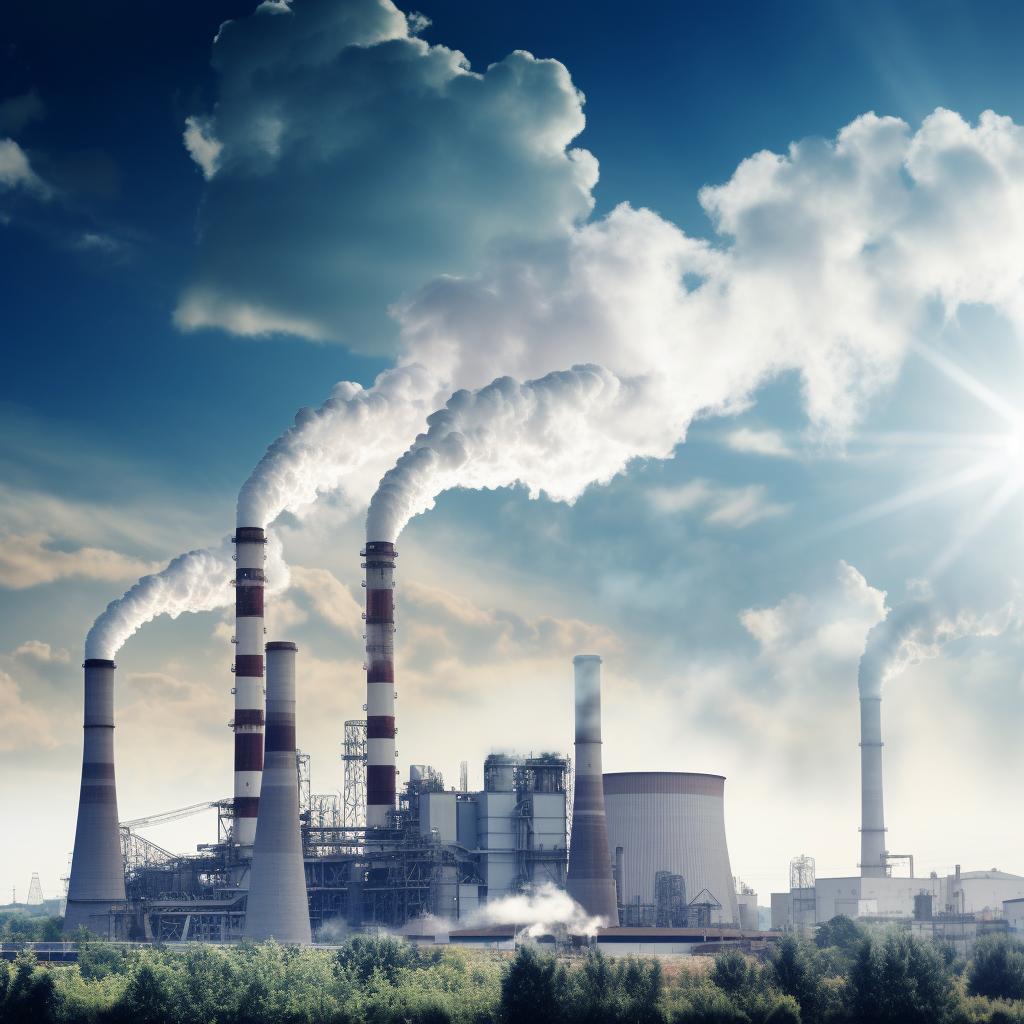September 26, 2023
Governor Newsom’s Climate Change Fight in California
Book a Demo
California Governor Gavin Newsom has recently made headlines by announcing a lawsuit against major oil and gas companies. The companies stand accused of misleading the public about the risks of climate change, a topic that has been rapidly gaining attention worldwide.
In the face of the escalating global climate crisis, Newsom has been presented with a number of bills by lawmakers. These are primarily aimed at reducing greenhouse gas emissions, assisting schools in adapting to the realities of climate change, and alleviating the taxpayer burden associated with the cleanup of abandoned oil and gas wells.
In a significant legislative move, a bill was passed requiring companies to demonstrate their financial capacity to clean up after their operations. This decision addresses the pressing issue of over 5,000 orphan wells currently present in California.
Further, the state regulators have been tasked with developing a strategy to reduce emissions from buildings. Buildings are a major contributor to the state’s greenhouse gas emissions, accounting for approximately a quarter of the total.
Governor Newsom has set ambitious goals for the state, aiming for California to achieve carbon neutrality by 2045. In line with this objective, he has released a draft plan designed to cut emissions and counteract the impacts of climate change.
The state’s plan is comprehensive, covering a range of strategies. These include reducing emissions from vehicles and buildings, increasing carbon capture and storage, transitioning to zero-emission vehicles, and halting the issuance of new fracking permits by 2024.
The success of California’s climate goals largely hinges on the decisions Governor Newsom is set to make. Key among these are the banning of new fracking permits by 2024 and the increase in electric vehicles.
In addition to these measures, Newsom is considering a proposal to cut emissions from cement, a significant source of carbon dioxide emissions. Cement production is responsible for about 7% of global carbon dioxide emissions, making it a crucial area to address in the fight against climate change.



